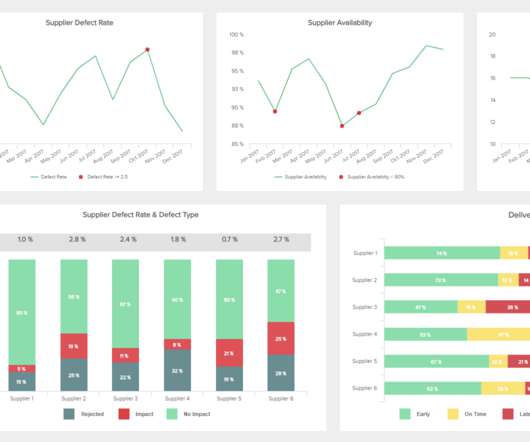Data science vs data analytics: Unpacking the differences
IBM Big Data Hub
SEPTEMBER 19, 2023
Business users will also perform data analytics within business intelligence (BI) platforms for insight into current market conditions or probable decision-making outcomes. Many functions of data analytics—such as making predictions—are built on machine learning algorithms and models that are developed by data scientists.














Let's personalize your content